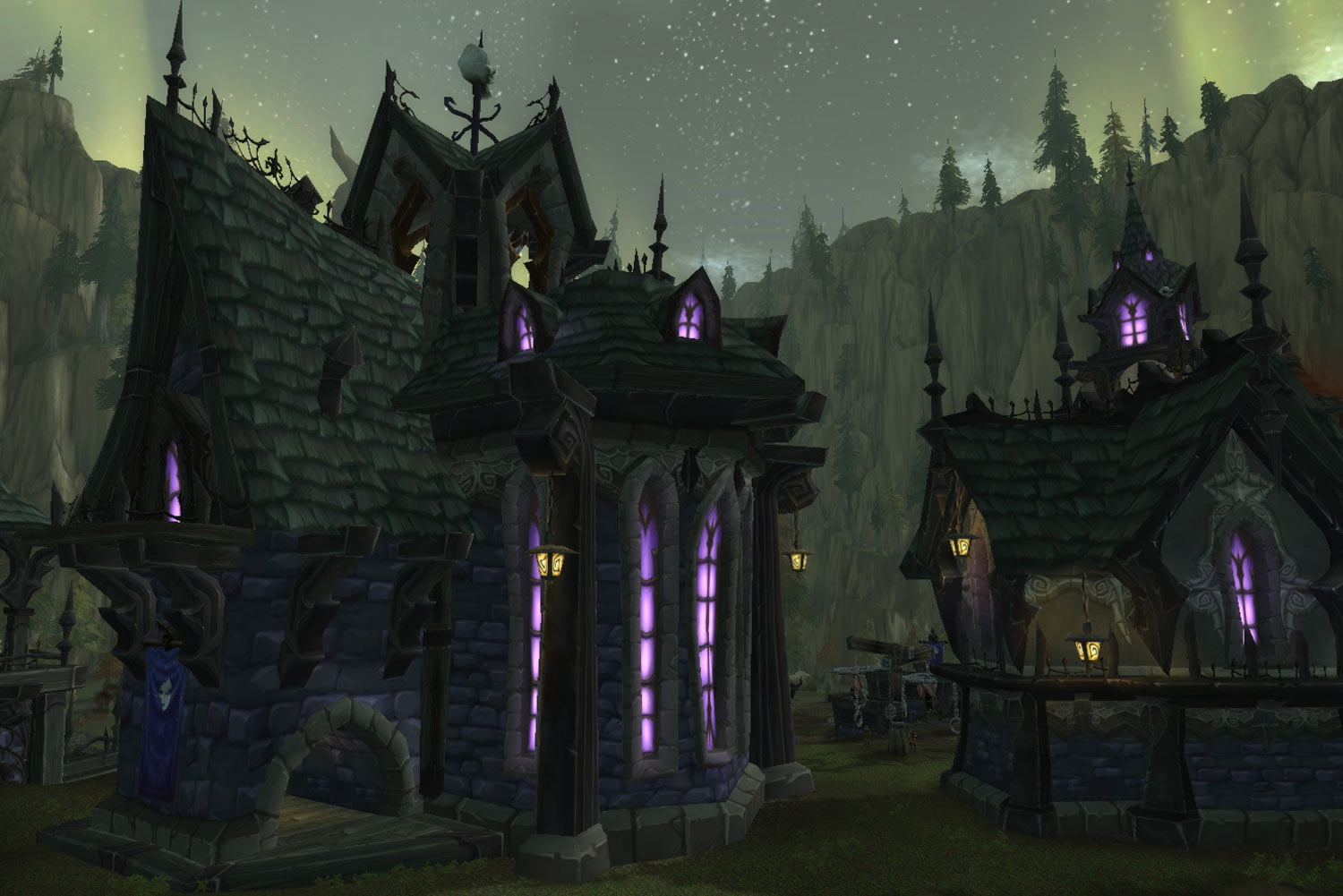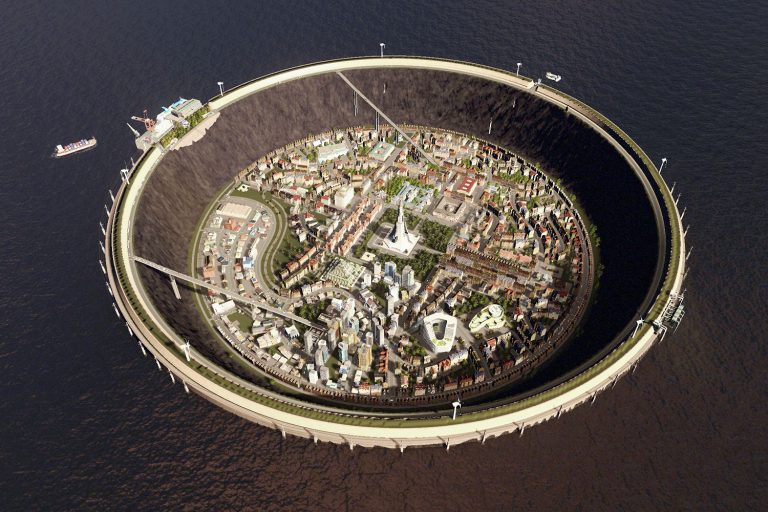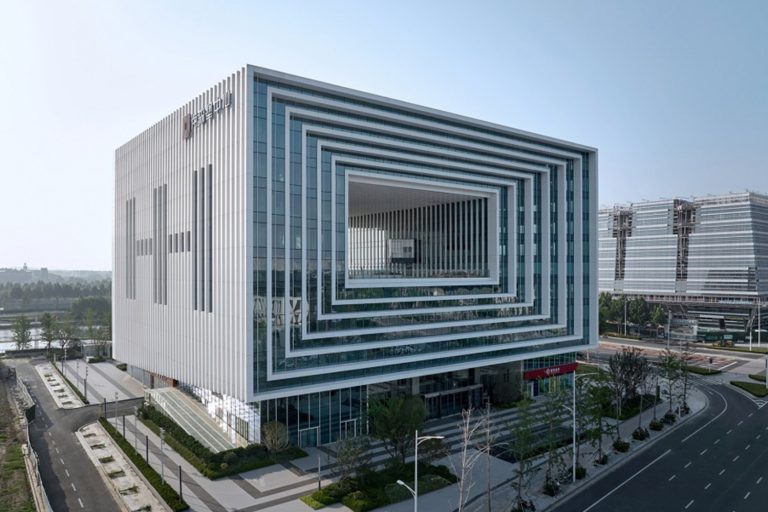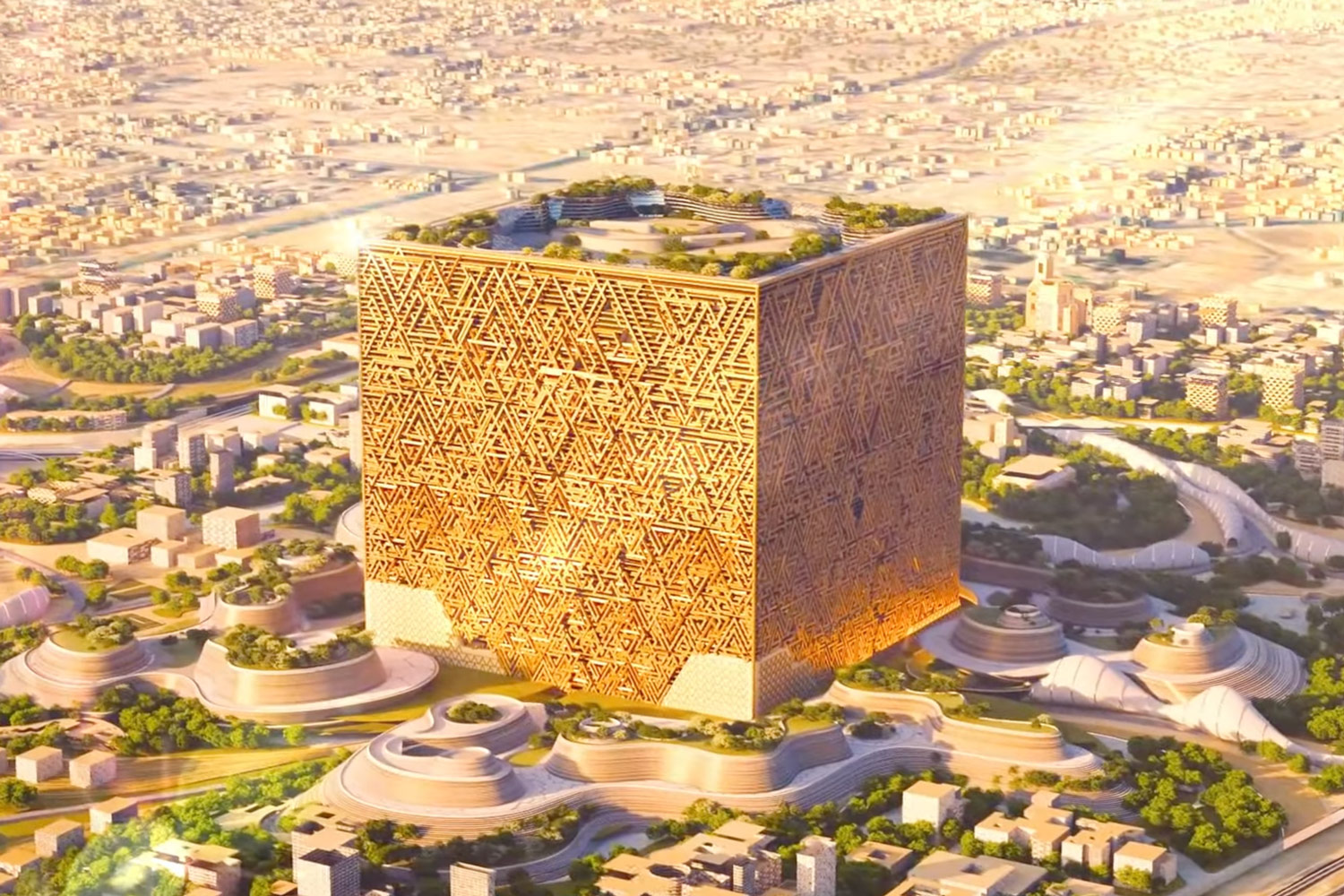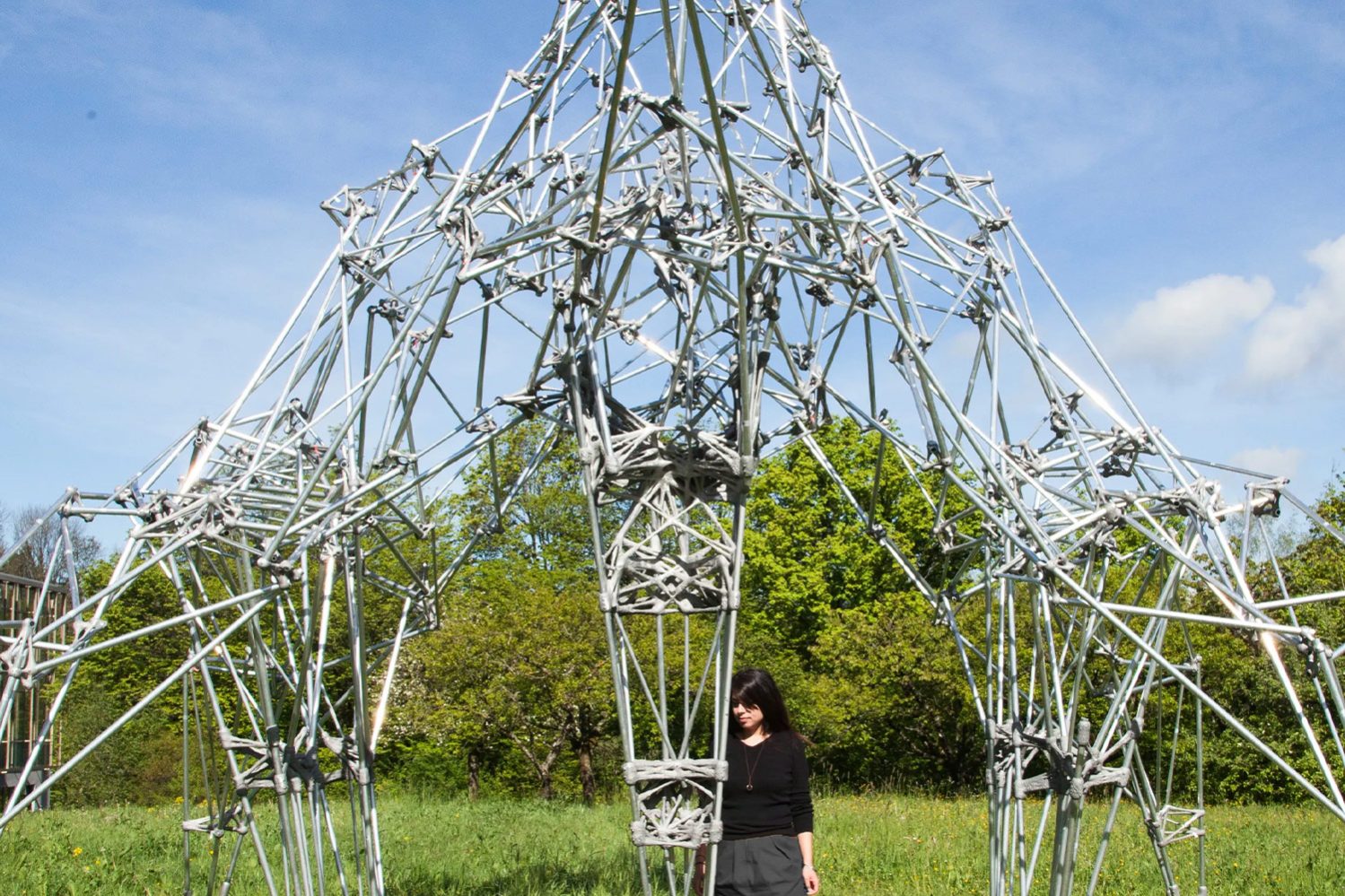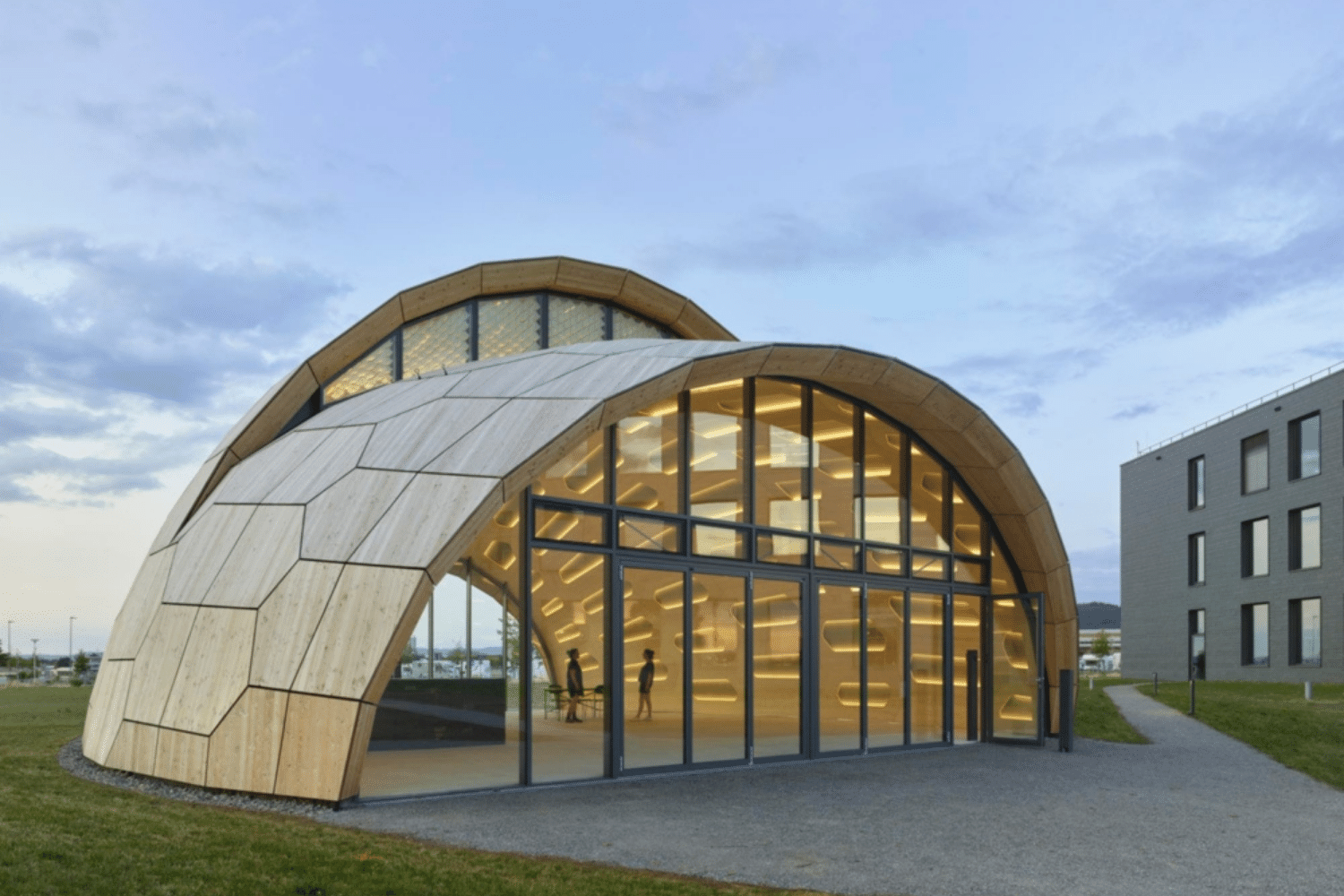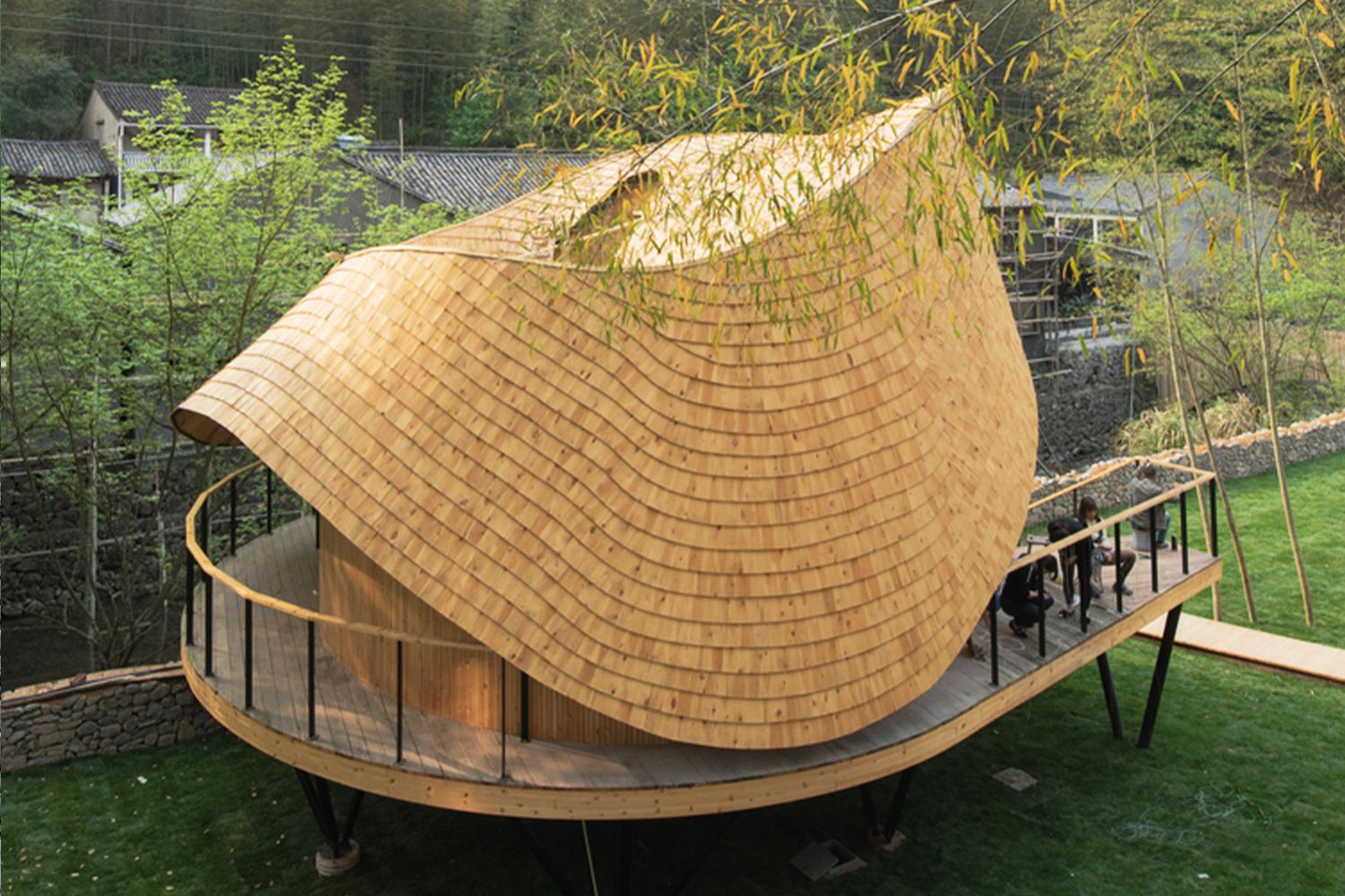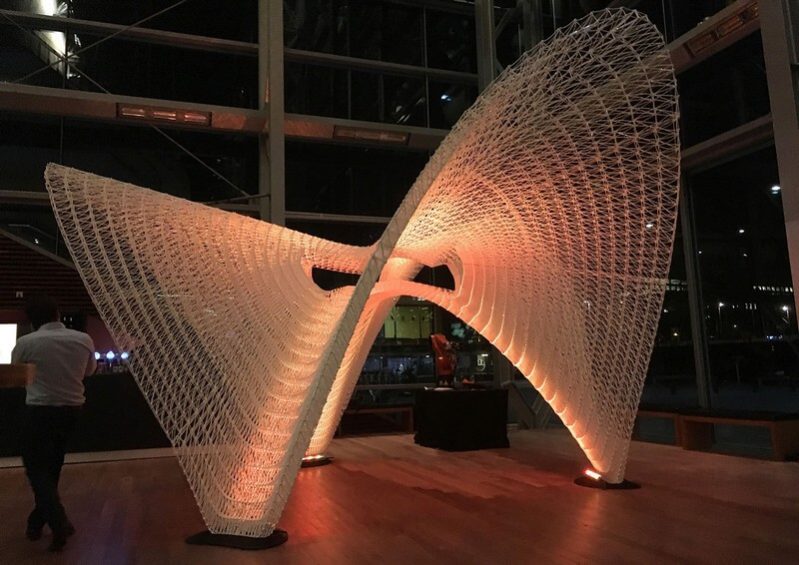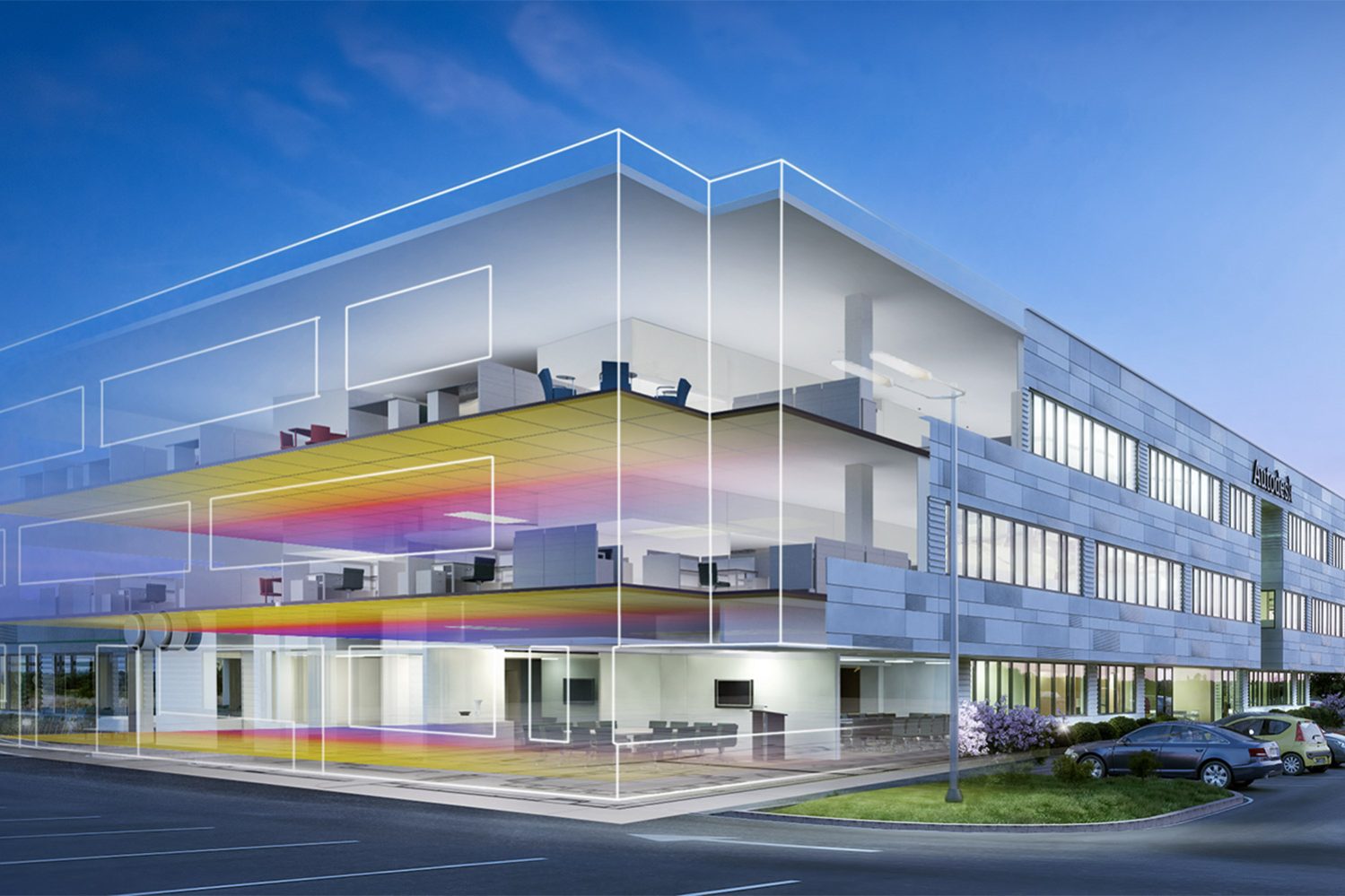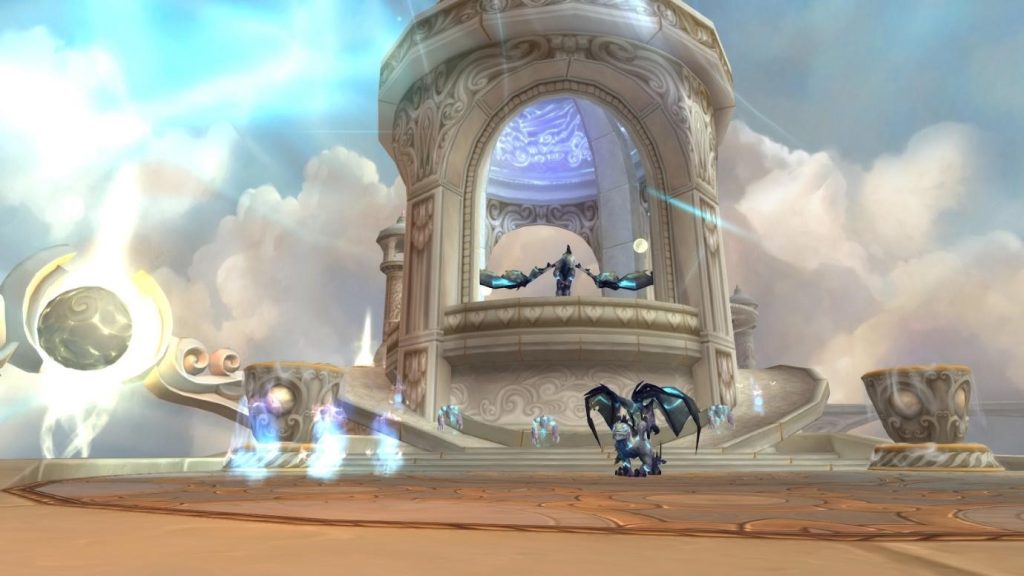
Recent technological advancements have made it possible for the most recent PC and console generations to create realistic environments in game that allow players to travel and discover another reality. There are a lot of locations to explore, historical eras to go over, and imagined architectural styles to peruse in every video game. The only limit is your imagination. Let’s dig deeper into this topic and talk about how architects and designers use virtual worlds as a language to influence the way we feel when journeying through gaming spaces as a player.
Key Elements of Video Game Architecture
Game environment design is a crucial aspect of video game creation. It serves as a powerful storytelling tool and plays a crucial role in making the mood, guiding the narrative, and immersing players in the virtual world. With a properly modeled environment, designers can foster a feeling of wonder and curiosity among gamers, motivating them to explore and uncover the secrets hidden in the virtual world.
Game developers can invent interesting characters, plots, and UI plates. But if they don’t take an inversely sensitive approach to the armature, the gameplay experience will always fail. Video game architecture is full of secrets and is mainly a combination of the four key elements: space, hierarchy, material, and light.
1. Space
Architects use the space concept to manage player behaviors in the game. Thus, long corridors encourage gamers to keep moving forward, spacious areas make them meander and take in the details of the open space unfolding around them through every step. The concept of small spaces feeding into bigger areas is employed in many video games, especially in boss arenas. If you have ever played World of Warcraft, you know what we are talking about. In WoW, space creates the virtual environments where the game takes place, regardless of the dungeon.
While some instances are easy for a player to navigate, others are quite challenging due to complex boss mechanics. So if you lack time to dive deep into the game specs yourself but still want to get a strong character and explore the virtual world of WoW, then you can always order a Mythic+ boost from WowVendor.
Experienced gamers know what it’s like to enter a suspiciously enormous space contrasting the one they just came from. Their gut instinct and intuition automatically kick in that something bad is about to happen. This is an illustration of how architects and designers employ space to communicate to gamers through architecture.

2. Light
Architects use light to guide a player through a game world, create contrast, enhance realism, and support gameplay. Thus, bright light can be used to draw a player’s attention to an important object or location, while dim lighting is aimed at discouraging the one from going in a certain direction. Additionally, a well-lit space with plenty of windows and skylights may seem uplifting and contrast (or balance) gloomy scenes. By properly implementing light, game architects can easily support gameplay mechanics. They can employ it to highlight enemies or obstacles, making them easier for the player to see and avoid.
3. Hierarchy
The use of hierarchy is another important element in game design. An architectural experience where all design components have the same visual weight is not as meaningful as one where some elements are distinguished by scale, texture, color, shape, and so on. By contrasting rhythm with hierarchy, developers can build a game that players can easily navigate. Thus, gamers can “read” different environments based on how they look and plan their gameplay accordingly.
4. Materials
Understanding the use of materials beyond color and texture is equally important in architectural design. These can do far more than just facilitate literalism. Employing diverse face textures and colors, developers can shape a player’s experience as needed. For example, by using metal, an industrial or futuristic environment can be created, while wood is a perfect match for a rustic and natural feel of a fantasy game.
Effective Storytelling Through Architectural Details
Architecture is more than simply a backdrop or a typical way of presenting context and culture in video games. It is a key component of effective storytelling and managing player behaviors. With a well-thought-out architecture, the game can trigger an emotional response from players and leave a lasting impression. This is what the proper use of light, hierarchy, materials, and space will help developers to achieve.
*The text was provided by the company and edited by the PA Editorial Team.


